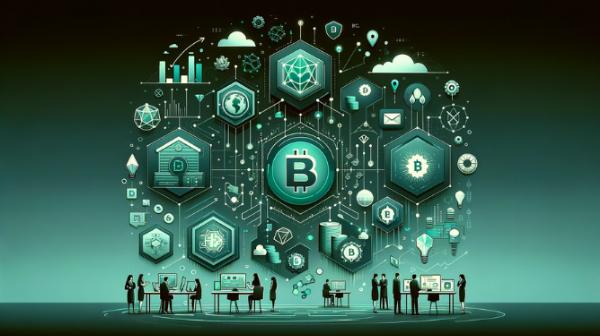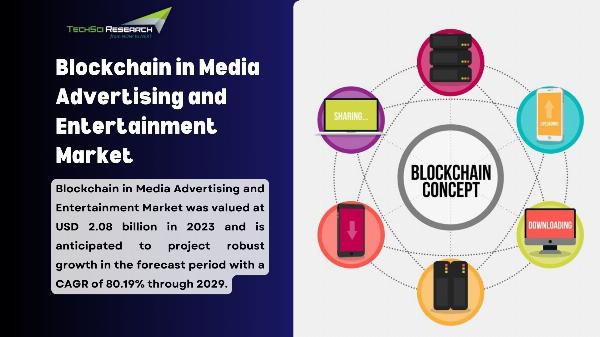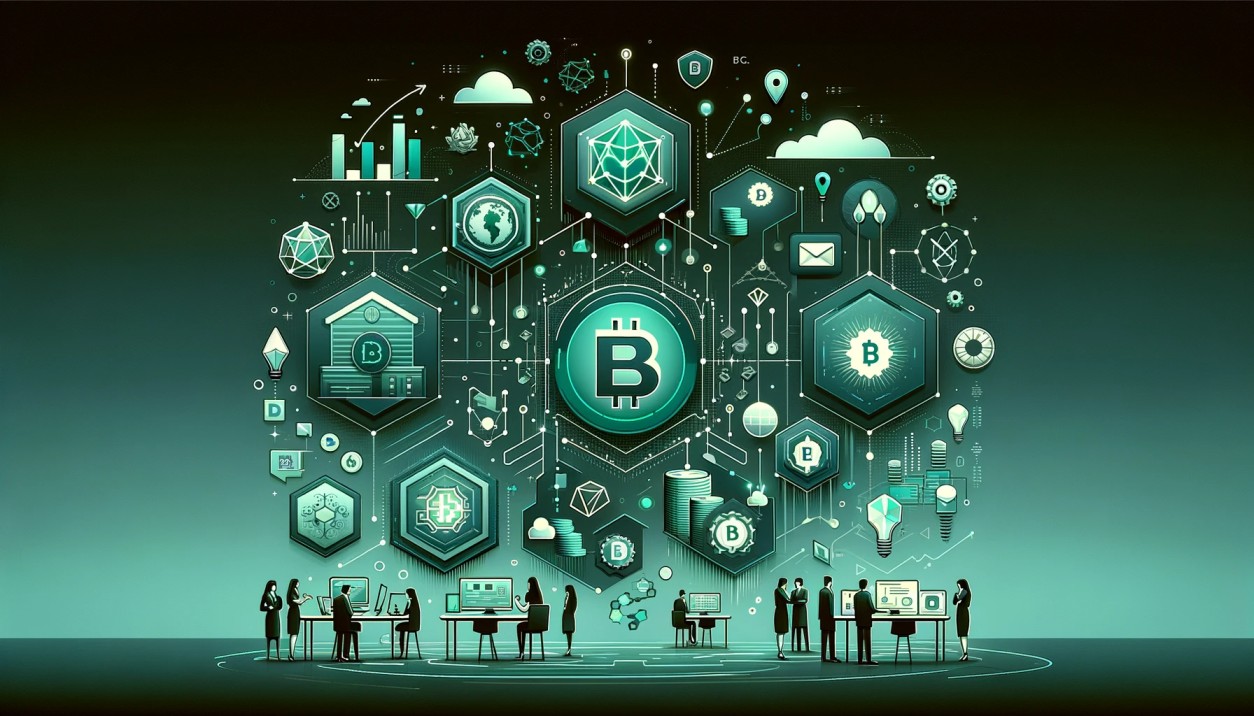 Blog Speed Optimization – Make Google & Users Happy!
Blog Speed Optimization – Make Google & Users Happy!
What is ERC20 Token? Its History and Its Impact in Ethereum Blockchain
Written by Abijohn » Updated on: June 17th, 2025


Introduction
In this blog, we can discuss the ERC20 token which is an Ethereum blockchain. By this we can know about how it is evolved and how it impacts the Ethereum blockchain development. An ERC20 token is a token standard, the main building block of the blockchain environment.
What is ERC20 Token?
ERC20 is a token standard which refers to the Ethereum Request for Comment 20 and it is widely adopted for creating and interacting standard tokens on Ethereum blockchain. Fabian Vogel Steller and Vitalik Buterin introduced ERC20 token in 2015, a set of rules and functions that must follow with Ethereum’s ecosystem to ensure compatibility. To create tokens these standards provide developers a blueprint and allow them to integrate seamlessly with various wallets, exchanges and decentralized applications (DApps).
What is Ethereum Blockchain?
A blockchain technology which is powered by the decentralized global software platform is called Ethereum. It is a versatile platform by creating secure digital technologies. Most commonly it is known by the investors for native cryptocurrency, ether (ETH) and developers to use in decentralized finance application and blockchain over development.
The support of blockchain can also feature in real-world transactions as a unique token if accepted. Key attributes like scalability, security, decentralization and programmability includes Ethereum’s blockchain. Blockchain transforms industries and daily life as their go-to developers and businesses ideas.
How does ERC20 token work in Ethereum blockchain?
ERC-20 tokens exist and operate by means of the Ethereum blockchain with smart contracts following the ERC-20 standard. These tokens are stored within Ethereum wallets and transferred via Ethereum transactions. The smart contracts handle balances, transfers, and approvals.
They need ETH for transaction gas fees. ERC-20 tokens are a popular choice in DeFi, NFTs, and governance. The standardization protocol guarantees the tokens compatibility with wallets, exchanges, and dApps throughout the Ethereum ecosystem.
History of ERC20 Token
ERC20 token has been evolved from 2015-Present in the form of different categories. The history of ERC20 token has been proposed in the following way:
- 2015 – Concept Introduced
- 2017 – Standardization & Adoption
- 2018 – Rise of DeFi & Stablecoins
- 2020 – DeFi Explosion
- 2021 – NFT & Layer 2 Growth
- 2022-Present – Ethereum Upgrades & Evolving Use Cases
2015 – Concept Introduced
ERC 20 was introduced in 2015 by Ethereum and serves as a token standardization program, created by Fabian. Essential functions like balances. Approvals and transfers, compatibility with exchanges and wallets which ensures. This foundation for fungible tokens, which enables integration to Ethereum ecosystem that laid proposal to integration.
2017 – Standardization & Adoption
Leading to mass adoption, a token standard was officially recognized as an ERC20 token in 2017. The boom of Initial Coin Offering (ICO) raised billions of ERC20 tokens in saw projects. Smart contracts enables startups to issue tokens easily in Ethereum’s programmable blockchains, with fundraising and decentralized applications (dApps) in the growth of driving.
2018 – Rise of DeFi & Stablecoins
The rise of DeFi and stablecoins ERC20 tokens are the standard for Ethereum blockchain in DAI and UDSC in 2018. MakerDAO used smart contracts are the platforms that lend systems to create decentralization. ERC20 tokens are essential for crypto transactions and DeFi projects that shift toward improved stablecoins in Ethereum’s financial ecosystem.
2020 – DeFi Explosion
ERC20 tokens dominate Uniswap, Aave and Compound in Decentralized Finance which booms in 2020. Popularity of surged tokens like yield farming, staking and liquidity pools. DeFi, encompassing billions of assets, effectively set an entirely different paradigm with ERC-20 tokens for semi-automated financial services like borrowing, lending, and decentralized trading on Ethereum.
2021 – NFT & Layer 2 Growth
In 2021 ERC20 tokens dominate NFTs (specific ERC-721s), but there have been strides made. The gas price hikes by Ethereum forced the use of Layer 2 scaling solutions, such as polygon and arbiter. So they were integrated into the cheapest blockchains, improving the transaction speeds of many ERC-20 projects making it really global to de-fi.
2022-Present – Ethereum Upgrades & Evolving Use Cases
The Ethereum Merge has transitioned Ether from Proof of Work to Proof of Stake, reducing energy consumption and continuing the evolution of ERC-20 tokens into Web3, gaming, the metaverse, and interoperability across blockchains. As Ethereum has moved forward, the ERC-20 token remains the backbone of DeFi, stablecoins, and tokenized assets in blockchain ecosystems.
Impact of ERC20 Token in Ethereum Blockchain
The Ethereum blockchain has significantly shaped the ERC20 token, which enables seamless creation of token, smart contract automation and interoperability. Making Ethereum in the backbone of Web3 powers DeFi, DAOs and NFTs.
Driving innovation in gaming, governance and finance ERC20 token facilitate fast, decentralized transactions. Their standardization ensures that wallets, exchanges, and dApps can all effectively use Ethereum.
Future Role of ERC20 token
The ERC20 token seals its fate with the future. Indeed, the future promises scalability, increased security, and interoperability. It keeps upgrading its features with the help of layer two solutions like Arbitrum and Optimism-that is to say, Ethereum upgrades, gas fees less, and transactions faster with ERC20 token.
While integrating multi-chain ecosystems, it will continue to power DeFl, GameFi and Metaverse. Governance mechanisms and token utility will improve the Web3 applications while driving adoption and DAOs. A cornerstone of digital assets, tokenized economics and decentralized finance will remain on ERC20 tokens.
Final Content
At last in this blog, we have discussed the ERC20 token about its history and impact in Ethereum blockchain. The Ethereum blockchain enables creation and management of digital assets and powering a wide range of Dapps.
Note: IndiBlogHub features both user-submitted and editorial content. We do not verify third-party contributions. Read our Disclaimer and Privacy Policyfor details.
Copyright © 2019-2025 IndiBlogHub.com. All rights reserved. Hosted on DigitalOcean for fast, reliable performance.













